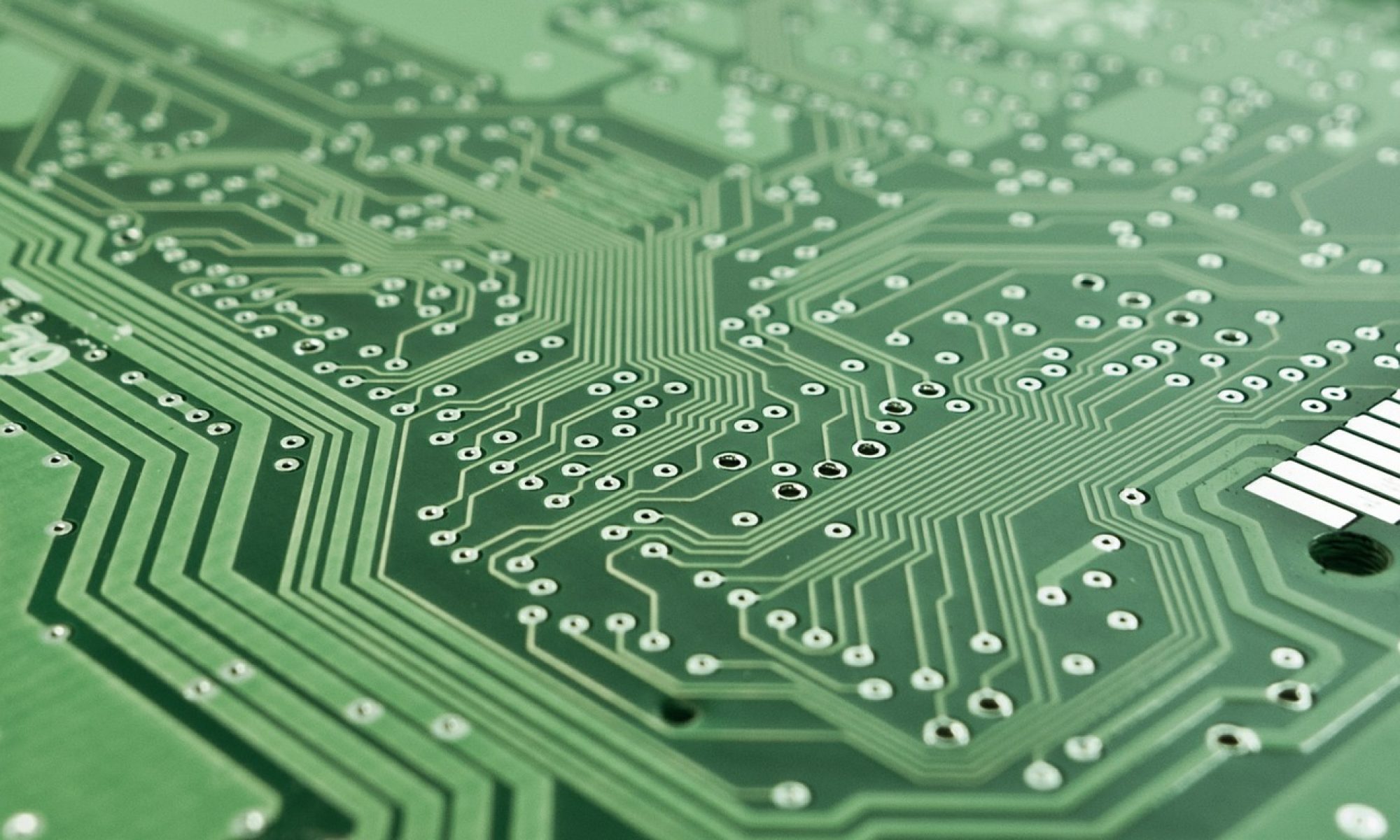In a previous post, we discussed how researchers at the Illinois Sustainable Technology Center (ISTC), on the campus of the University of Illinois at Urbana-Champaign have developed an energy-efficient, non-toxic, nondestructive chemical process to recover polymers from the complex plastic blends found in items like cellphone cases.
But that’s not the only exciting news this Earth Month related to innovations in reclaiming materials from electronic scrap (commonly referred to as “e-waste”). In a GreenBiz article dated 4/18/18, Heather Clancy highlights an electrochemical process developed by Canadian venture EnviroLeach Technologies, which is similar to the conventional method of leaching gold and other metals out of ores, concentrates and tailings. The difference is that “instead of using cyanide, the patent-pending formula uses five non-toxic, FDA-approved ingredients that are combined with water at ambient temperatures.’The process does not require pressure, elevated temperatures, complex process circuits, intensive gas monitoring or costly detoxification systems,’ explained EnviroLeach on its website.” Read the full story on the GreenBiz web site. You can also check out the EnviroLeach web site for further information. This development is particularly encouraging considering a recent article from Environmental Leader reporting that n a study by researchers from Tsinghua University in Beijing and Macquarie University in Australia, which suggests extracting metals from e-waste costs 13 times less than mining ore. Perhaps the new process will make the economic benefit even more striking, while minimizing environmental impacts.
Elsewhere in Canada, researchers at the University of British Columbia “have perfected a process to efficiently separate fibreglass and resin – two of the most commonly discarded parts of a cellphone – bringing them closer to their goal of a zero-waste cellphone.” As UBC News reports, “Most e-waste recycling firms focus on recovering useful metals like gold, silver, copper and palladium, which can be used to manufacture other products. But nonmetal parts like fibreglass and resins, which make up the bulk of cellphones’ printed circuit boards, are generally discarded because they’re less valuable and more difficult to process. They’re either fed to incinerators or become landfill, where they can leach hazardous chemicals into groundwater, soil and air.” But UBC mining engineering professor Maria Holuszko, along with PhD student Amit Kumar, has developed a process using gravity separation “and other simple phycial techniques to process cellphone fibreglass and resins in an environmentally neutral fashion.” The next step in pursuing this innovation is developing a large-scale commercial model of the process with their industrial partner and recycling company Ronin8. Read the full UBC article on the UBC News web site.
Read more at https://ifixit.org/recycling on why electronics recycling, though of course important, should not be considered the answer to the problem of ever-growing amounts of e-waste, due to the difficulty in reclaiming materials (eased slowly by new innovations like the ones described above) and energy use. While these developments in electronic scrap recycling are heartening, it’s important to remember to keep your electronics in service as long as possible through repair and upgrades, and when you no longer want or need a functioning device, sell or donate it so someone else can use it. Recycling should only come at the ultimate end of a device’s useful life.


 In case you missed it, a new report by
In case you missed it, a new report by 

